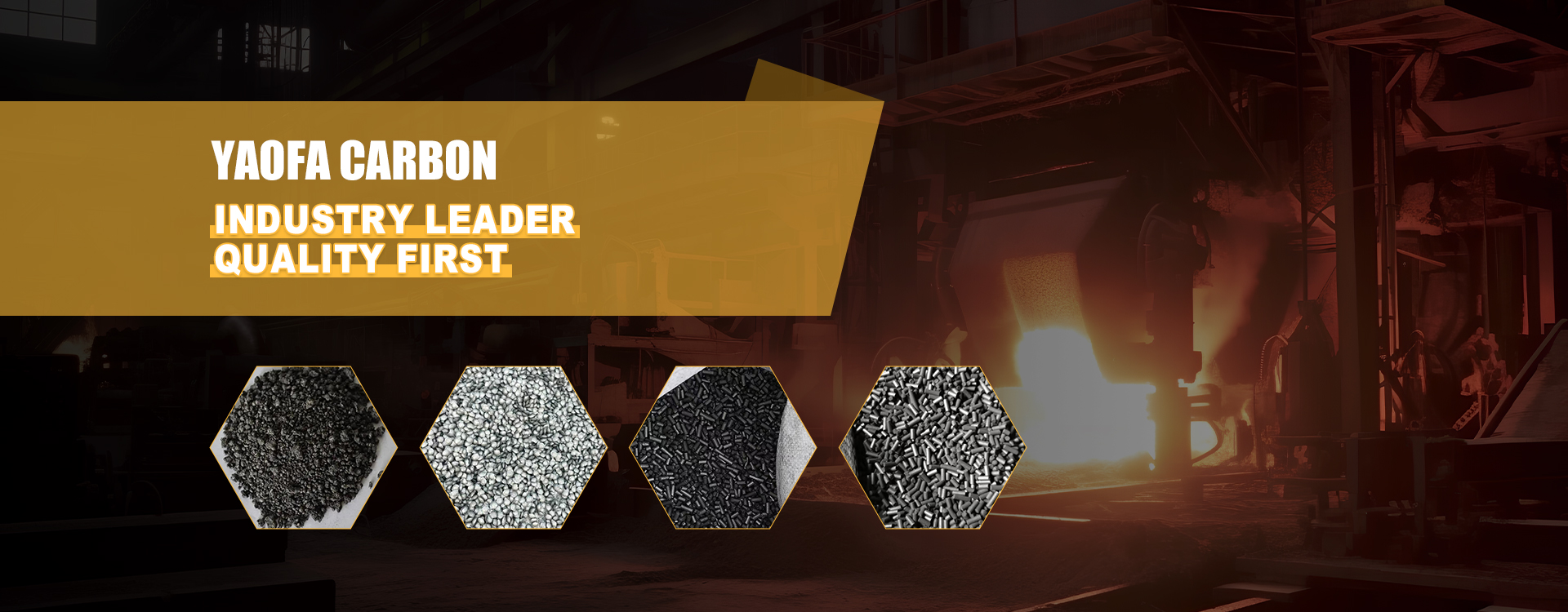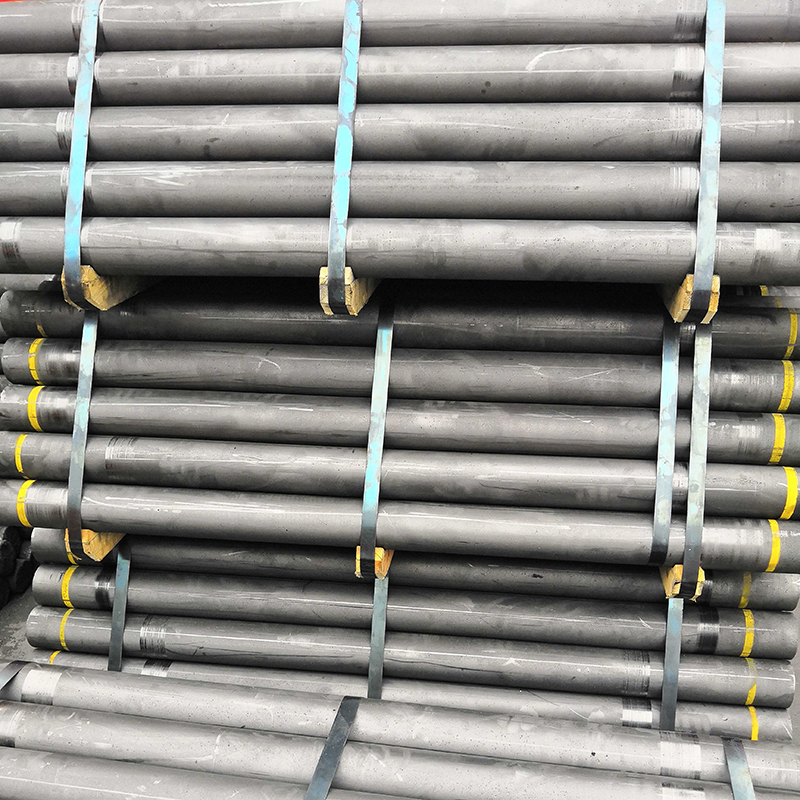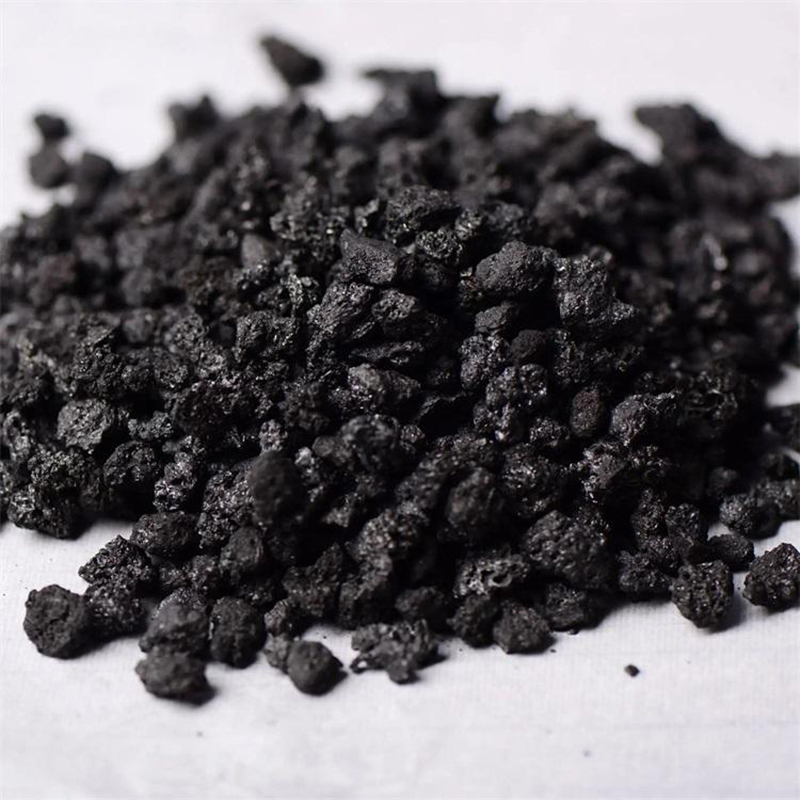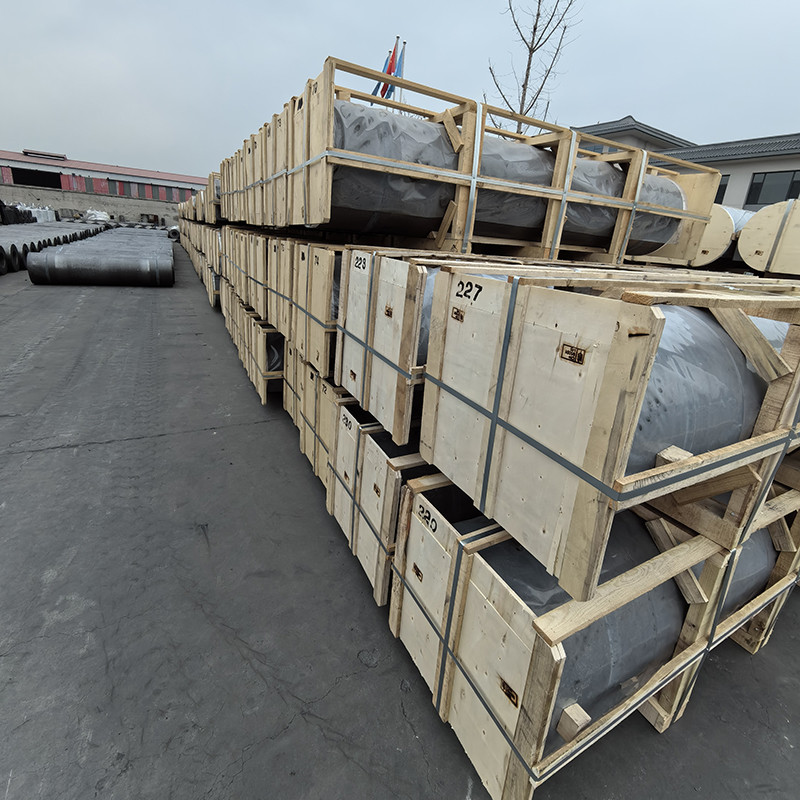- Chinese
- French
- German
- Portuguese
- Spanish
- Russian
- Japanese
- Korean
- Arabic
- Irish
- Greek
- Turkish
- Italian
- Danish
- Romanian
- Indonesian
- Czech
- Afrikaans
- Swedish
- Polish
- Basque
- Catalan
- Esperanto
- Hindi
- Lao
- Albanian
- Amharic
- Armenian
- Azerbaijani
- Belarusian
- Bengali
- Bosnian
- Bulgarian
- Cebuano
- Chichewa
- Corsican
- Croatian
- Dutch
- Estonian
- Filipino
- Finnish
- Frisian
- Galician
- Georgian
- Gujarati
- Haitian
- Hausa
- Hawaiian
- Hebrew
- Hmong
- Hungarian
- Icelandic
- Igbo
- Javanese
- Kannada
- Kazakh
- Khmer
- Kurdish
- Kyrgyz
- Latin
- Latvian
- Lithuanian
- Luxembou..
- Macedonian
- Malagasy
- Malay
- Malayalam
- Maltese
- Maori
- Marathi
- Mongolian
- Burmese
- Nepali
- Norwegian
- Pashto
- Persian
- Punjabi
- Serbian
- Sesotho
- Sinhala
- Slovak
- Slovenian
- Somali
- Samoan
- Scots Gaelic
- Shona
- Sindhi
- Sundanese
- Swahili
- Tajik
- Tamil
- Telugu
- Thai
- Ukrainian
- Urdu
- Uzbek
- Vietnamese
- Welsh
- Xhosa
- Yiddish
- Yoruba
- Zulu
- Kinyarwanda
- Tatar
- Oriya
- Turkmen
- Uyghur

rp graphite electrode exporter
The Dynamics of RP Graphite Electrode Exportation
In the world of industrial manufacturing, the demand for reactive power (RP) graphite electrodes is a steady drumbeat behind closed doors and in factory corridors. Their role in steel production is indispensable, yet often misunderstood or oversimplified by those outside the industry. Now, let’s dive into this niche, understanding what truly goes into being an RP graphite electrode exporter, particularly from the perspective of a seasoned practitioner in the field.
The Basics of Graphite Electrode Production
Let's start with a straightforward concept: not all graphite electrodes are created equal. Within the field, the differentiation between RP, HP, and UHP electrodes is critical, defined by their respective applications and performance under various electrical currents. An RP graphite electrode typically sees use in less demanding environments compared to its HP and UHP counterparts. It's the bread-and-butter of the electrometallurgical industry.
A typical production process involves calcination, mixing, shaping, baking, impregnation, and finally graphitization. Mastery of these steps is crucial. Hebei Yaofa Carbon Co., Ltd., a major player in this space with over 20 years of experience, emphasizes precision at every stage. Their detailed approach ensures consistency and quality—a key selling point when negotiating contracts globally.
Being an exporter of these products doesn't just mean shipping materials. It involves intricate logistics, navigating international trade policies, and maintaining adherence to rigorous quality standards. The market is competitive—companies like Hebei Yaofa must constantly innovate to stay ahead.
Challenges in Exportation
One could argue that the export side of things is where most challenges arise. Between the shifting tides of international trade laws and the technical demands of logistics, an exporter must be on top of their game. Documentation, quality assurance, and timely delivery are non-negotiables but maintaining these is no small feat.
An especially tricky part can be ensuring the product meets the varied quality expectations of different markets. For instance, Japanese steel manufacturers might have different demands compared to European consumers. Meeting these diverse needs requires a meticulous approach to specifications and customer communication.
Moreover, navigating the regulatory landscape can involve some complex negotiation skills. It’s essential to understand the ins and outs of customs regulations, trade tariffs, and import restrictions. With such nuances, experience is invaluable—a pointer that Hebei Yaofa can boast given their extensive historical background in carbon materials production.
Understanding Customer Needs and Market Trends
As much as the production side involves science and engineering, the exportation side requires a deep understanding of market dynamics and customer behavior. What are the future trends in the steel industry? Which countries are expanding their capacity? Being an effective RP graphite electrode exporter demands sharp acumen in these areas.
It's about predicting demand spikes and dips, which can flow from economic policies or broader trends in industrial growth. Building robust relationships with clients ensures not just repeat business but also a steady pulse on these shifts.
Companies akin to Hebei Yaofa benefit from a proactive approach, often involving a mix of tech solutions and old-school networking to ensure they are tapped into both current and emerging market needs. After all, adaptability is often just as crucial as reliability.
Shipping and Logistics: An In-Depth Look
One underrated aspect of graphite electrode exportation is shipping. It's not simply about moving products from point A to B. Issues like transit times, route selection, and warehouse storage play significant roles—especially in international markets.
Consider the challenges posed by volatile shipping costs, or the unforeseen delays in international waters. Each hiccup potentially causes ripples throughout the supply chain. Therefore, a strong logistics team is crucial, equipped to handle everything from carrier negotiations to last-minute hitches.
Hebei Yaofa relies on strategic partnerships with shipping companies to ensure reliable distribution, leveraging technology for real-time tracking and management. This integration of logistics excellence and technological savvy often differentiates successful exporters from the rest.
Future of RP Graphite Electrode Exportation
Looking ahead, the future seems poised for growth but not without its hurdles. With sustainability becoming a pivotal theme, even the carbon industry will need to adapt. Innovations in recycling electrodes and reducing the carbon footprint will likely become selling points sooner rather than later.
Moreover, the digitization of supply chains is a double-edged sword, offering efficiency but also necessitating cybersecurity measures. Remaining competitive will require not just mastering traditional manufacturing but embracing new technological and sustainable initiatives.
In a nutshell, as companies like Hebei Yaofa Carbon Co., Ltd. continue to evolve within this dynamic landscape, they exhibit a blending of tradition with innovation—a fascinating interplay that keeps the industry both challenging and rewarding.
Related products
Related products













